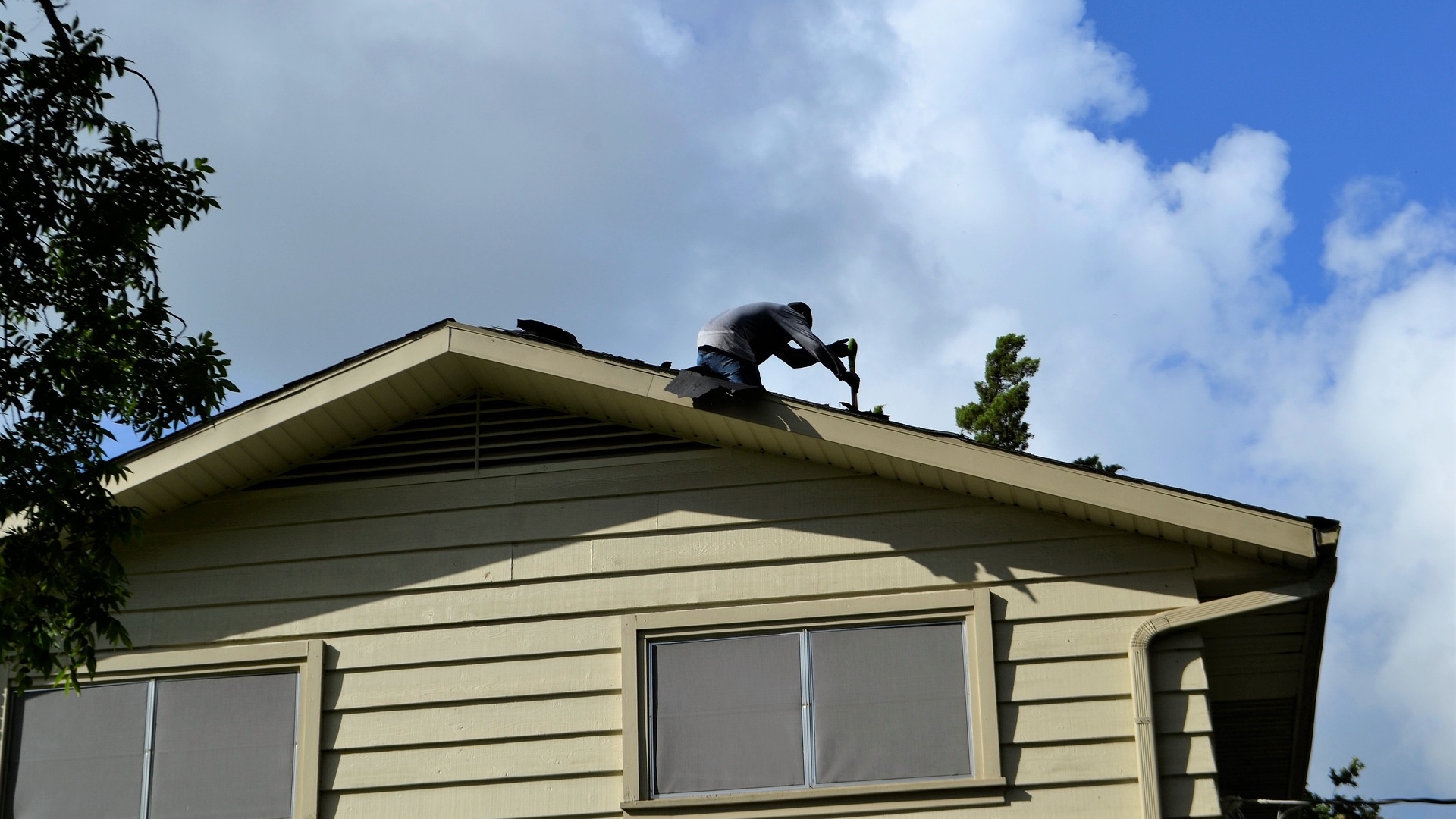Cooperative housing – an alternative to traditional home ownership and rental models – is facing some unique regulatory challenges and opportunities. Here, we’ll explore the history and trajectory of cooperative housing, as well as the regulatory challenges and opportunities that are emerging.
Expansion and Prevalence of Cooperative Housing
Cooperative housing, though representing less than 1% of all multi-family dwellings in the United States, has shown significant growth in certain areas. For instance, in Minnesota alone, there are 74 senior housing cooperatives with 5,600 units, most of which are less than 10 years old; this growth clearly illustrates the increasing popularity of cooperative housing models, especially among seniors seeking strong social networks and self-reliance.
Impact on Affordability and Community Engagement
More than 1.5 million families, students, and seniors in America benefit from the housing cooperative business model. Housing cooperatives are not just limited to apartment complexes; they can also include neighborhoods of single-family homes, mobile home parks, or student housing. Such a wide range of cooperative housing types demonstrates the model’s versatility, as well as its capacity to cater to diverse community needs; moreover, cooperative housing often focuses on affordability and collective ownership, which significantly contributes to the financial stability of its residents.
Historical Context of Cooperative Housing
The concept of cooperative housing can be traced all the way back to the 19th century, originally emerging as a response to industrial urbanization and the drastic need for affordable housing. Initially, these cooperatives were formed in Europe – particularly in countries like Germany and the UK – where workers banded together to build and manage their own housing communities; this movement was also part of a broader cooperative movement that included consumer and producer cooperatives.
Over the years, cooperative housing evolved in response to different societal needs and economic conditions as they unfolded; for example, in the United States, the Great Depression and subsequent housing crises led to an increased interest in cooperative housing as a means of providing affordable and stable housing options. Post-World War II, many countries saw a rise in cooperative housing as a solution to housing shortages and to improve living standards for lower and middle-income families.
Key Milestones
- Late 1800s: Emergence of cooperative housing movements in Europe
- 1930s: The U.S. sees a rise in cooperative housing during the Great Depression
- Post-World War II: Global expansion of cooperative housing in response to housing shortages
- Late 20th Century: Transition towards more community-oriented and sustainable cooperative housing models
Case Studies and Examples
Success Stories
- Scandinavian models: Countries like Denmark and Sweden have long histories of successful cooperative housing models; these cooperatives are known for their democratic governance structures and focus on community and sustainability. For instance, in Copenhagen, Denmark, cooperative housing societies like ‘Andelsboligforeninger‘ provide affordable, high-quality housing while fostering a strong sense of community
- New York City cooperatives: In the United States, New York City is renowned for its cooperative housing, with famous examples like the Amalgamated Housing Cooperative. Established in the 1920s, it provided affordable housing for working-class families and continues to be a model for successful urban cooperative living
Challenges and Overcoming Them
- Regulatory Hurdles: Many cooperatives, like those in developing countries, face challenges related to land acquisition, financing, and legal frameworks. For instance, in Mumbai, India, housing cooperatives have navigated complex legal and financial landscapes to provide affordable housing in one of the world’s most densely populated cities
- Sustainable Practices: Some cooperatives have incorporated sustainable practices into their operations, facing initial cost and regulatory challenges but ultimately benefiting from long-term savings and environmental impact; examples include cooperatives that have integrated solar panels, water-saving systems, and other green technologies
Regulatory Challenges
Legal and Compliance Issues
Cooperative housing societies are required to adhere to various legal and regulatory requirements, including zoning regulations, building codes, and tax laws, and it’s no gray area – non-compliance can lead to fines, legal challenges, and disputes with regulatory bodies over issues such as licensing or permits. Legal challenges can also arise in property ownership and management, including disputes over property rights, leasing agreements, and maintenance obligations.
Maintenance and Repair Issues
These societies often struggle with maintenance and repair issues, which can include delays in addressing problems, inadequate funding for repairs, and disputes over repair responsibilities. Insufficient planning and management can result in substandard maintenance and repair services, leading to property deterioration and impacting occupants’ quality of life.
Membership Issues
Conflicts among members over governance, management, and financial matters can be challenging. Additionally, attracting and retaining members can be difficult due to high membership fees, lack of amenities, or poor maintenance services, impacting the cooperative’s effectiveness.
Opportunities
Sustainable and Affordable Housing Solutions
Cooperative housing strengthens household livelihoods by creating more affordable options, and members benefit from collective access to basic services like water and sanitation, often at cheaper rates than individual owners. In some cases, cooperatives enable members to own land and grow their own food, which would be impossible in urban rental units. These communities also often take actions to prioritize the climate, such as incorporating solar panels or composting (Global Communities).
Community Engagement and Support
Housing cooperatives not only provide a roof over members’ heads but also create a sense of community; members have a say in the management of their homes, leading to more physically and financially secure futures. Programs like CLEAR help cooperatives develop business plans and implement strong financial practices, ensuring long-term operational success without direct financial support (Global Communities).
Adapting to Modern Housing Needs
The latest iterations of cooperative housing combine cost-effectiveness with modern, collaborative approaches, appealing to various age groups. These new-age cooperatives offer private bedrooms and bathrooms, high-end furnishings, and communal areas, fostering a sense of community while maintaining privacy.
While cooperative housing societies face significant regulatory challenges, they also present opportunities for sustainable, community-oriented, and affordable housing solutions. Effective management, legal compliance, and community engagement are key to leveraging these opportunities and overcoming the challenges.












